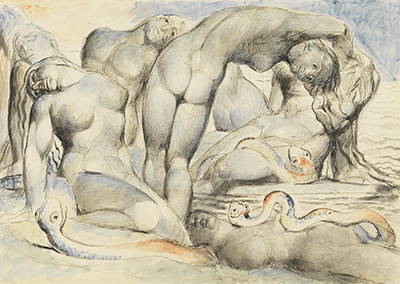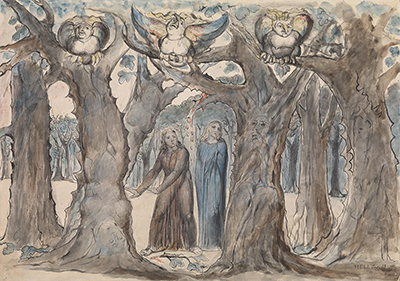 Buy Art Prints Now
Buy Art Prints Nowfrom Amazon
* As an Amazon Associate, and partner with Google Adsense and Ezoic, I earn from qualifying purchases.
William Blake is considered one of the leading lights of the Romantic movement of the late 18th century.
However, he was older when the movement first began which leads us to surmise that he may, indeed, have been an inspiration for and therefore a founder of the movement.
Introduction
Blake himself would have been appalled by the notion of being limited to any particular style and always insisted that he painted solely from his imagination which he considered to be any artist's most valuable tool. Although he was a master in many fields of the arts, both written and visual, he arguably found his zenith through his painting.
Predominately a watercolourist, he left a remarkable collection of more than 260 paintings on his death in 1827. While many of his works remain in private collection, there is often opportunity to view exhibits in galleries around the world, most notably the Tate Gallery in London and the Metropolitan Museum of Art in New York.
Early Training
Blake's artistic nature and talents were spotted very early on by his parents and at the age of ten he was enrolled in the prestigious Henry Par drawing academy. He studied there for four years and developed a deep appreciation for the classics, practicing drawing by copying antiquities. The academy is also where he first encountered the works of Raphael and Michelangelo, masters who would become a lifelong inspiration to William.
By the age of 14, William left the academy and began a seven-year apprenticeship as an engraver with James Basire. Basire's business almost entirely consisted of creating illustrations of antiquaries which of course, suited Blake's established passions and the young man did very well. He was to use his skills at his trade to provide for himself and his family his whole life.
After Blake qualified as an engraver he enrolled for a short time in the Royal Academy of Art where he certainly learned to refine his drawing skills of the human form. However, it was difficult for young William to supress his ire at the way in which the academy was run by its president Sir Joshua Reynolds.
Blake believed that while Reynolds professed to support artistic expression he did, in fact, supress it by insisting that creativity was a general term, while William believed it to be definite and exact. He believed that an artist must give his all to ahis craft, there could be no half-measures.
Artistic Influences
As previously mentioned, Blake's first and most enduring artistic influences were the greats of the renaissance, Michelangelo and Raphael. He valued and copied their use of form and the evidence of their influence if apparent in many of his paintings.
However, Williams work was also informed by the social and political environment of the day. Most especially in his choice of subject matter and his sympathetic opinions which were readily expressed in his work. Blake was a passionate abolitionist and created many disturbing images involving slavery in the hope that they may shock the general public form their complacency. In his graphic, A N*gro Hung Alive for example, there can be no doubt of the artist's view on the horrors of the slave trade.
Blake was also disturbed by the way in which women were treated and the fact that they were often forced into loveless situations to become chattel of their husbands. In the prophetic work, Visions of the Daughters of Albion, William creates images of women supressed and trapped by their marriage vows, coupled with the poetry of the piece there is little room for interpretation of the sentiment.
Perhaps more than any other influence, it was William's own mindscape that produced some of his most exquisite works. From a very young age, Blake regularly had visions of a religious and supernatural nature. These apparitions brought his messages and insights which he then translated into his artwork, ultimately creating a whole world of fantasy creatures. These beings dominated his paintings, particularly those attached to his prophetic books as in, The Book of Thel and The Book of Los.
Blake's Style
William’s work is classed as romanticism, but this pigeon-hole seems too limiting. Romanticism is defined by academics as a movement which affirms individualism and feelings. It draws its inspiration from the medieval past and from nature. It is therefore quite understandable that Blake would be grouped with the likes of Thomas Cole and Edward Calvert because his work was always of an elemental nature. However, the fact that Blake’s style had a medieval quality to it was almost incidental.
His paintings were created as illustrations for his books of poetry using his unique etching technique and thus presented as beautiful illuminated manuscripts. Other romantic painters instead used medieval folklore as their subject matter, something that Blake never did. Blake's work was largely dismissed, in his lifetime, as nonsense or at worst lunacy. Therefore, it is difficult to imagine that he ad much effect or influence on his contemporaries and their style. However, only twenty years after his death, critics were already re-examining his body of work and declaring it genius.
It is reasonable to assume then that the later romantic artists could indeed have been inspired by Williams fantastical and free ranging work. What is certainly beyond doubt is that his use of colour and form was a jumping of point for the Pre-Raphaelites (Waterhouse, Burne Jones and Millais) to come.
Most Famous Works
There are a great many remarkable paintings in Blake's cannon, however there are some that are more famous or seminal than others and warrant discussion. Possibly the first image that comes to mind when one visualises the work of Blake is the cover of Songs of Innocence and Experience (1789). Crafted in watercolour and ink, it beautifully blends both image and text to create a seamless painting. The painting depicts a man and a woman, most likely Adam and Eve, bent in anguish.
This image absolutely encapsulates the contents of the book which highlights the duality of existence; the innocence of youth which is slowly and completely corrupted by life and experience. William's use of bold colours was a complete departure from the style of the day and is now considered one of the most iconic elements of his painting in general. While the cover of the book is perhaps the best known, the entire book contains some of Blake's most vivid work. There are only a small number of the books in existence, three of which are owned by The British Museum.
Perhaps one of Blake's most traditionally romantic paintings is, The Parable of the Wise and Foolish Virgins (1800). Commissioned by Blake's friend Thomas Butts it depicts a passage from the gospel of Matthew and displays a great homage to the paintings of the renaissance greats such as Fra Angelico and Michelangelo. A watercolour finished in pen and ink, the painting displays a group of pious wise virgins to the left and a vanquished group of foolish virgins to the left, cowering under the judgement of God who is indicated by the winged angel overhead.
The most remarkable aspect of the painting's construction is the luminous use of colour which emanates from the canvas and conveys the truly celestial scene of the imminent presence of God. Although William was not a devoutly religious person, he had a huge amount of respect for the bible as a text believing it to be a source of infinite creative inspiration and he had a very spiritual view of life. This painting can be found today in the Metropolitan Museum of Art in New York City.
One of the best painting to use to highlight Blake's inner worlds is surely, The Great Red Dragon and the Woman Clothed in Sun (c. 1805). This work, which is also created with watercolour and ink, is a clear example of the fantastic world that William created with his mind. Again, this painting was commissioned by Thomas Butts and it depicts another biblical scene, this time from the Book of Revelations. In the painting an enormous and grotesque dragon, human hybrid creature hovers over a reclining woman in a fierce interpretation of the apocalyptic times.
This work is one of over one hundred illustrations created at the behest of Butts, and it is quite something to behold. The body of the creature is magnificent and beautiful while at the same time terrifying, and the whole subject is bathed in the light of God, signifying that it is, in fact, His will that has brought the world to this point. Blake created a number of Red Dragon paintings and they have become so much a part of artistic vernacular, that they inspired the books and subsequent movies by Thomas Harris; The Red Dragon, The Silence of the Lambs and Hannibal. Thus, cementing the artist's work in our culture even more deeply.
Finally, a painting that highlights Williams thoroughly unorthodox view of the Bible and religion in general, The Angels Hovering Over the Body of Christ in the Sepulchre (c. 1805). Yet again, this is a Thomas Butts commission and it is also painted using Blake's preferred watercolours and pen. It describes the angels coming to Jesus' body in the tomb to help raise him up from his death after the crucifixion.
It has been documented by scholars that the angels as they are shown were actually the same angels that had come to William in many of his visions. In a further departure from traditional composition, he has painted the angels as described in the old testament rather than the new showing his irreverence and reinforcing his view that the bible was only a suggestion to encourage the artist's imagination. Although t he painting is, in fact, full of colour, Blakes masterful use of tone and blending creates an almost monochromatic hue, magnifying the spiritual quality of the scene. This glorious example of Blake's genius can be found in the Victoria and Albert Museum in London.
William Blake's Artistic Legacy
The artist's legacy is profound, and this profundity is perhaps most evident in his paintings. Although much of the work was created to adorn his writing, they are moving and exquisite in equal measure and have had a much-lauded influence on artists for centuries. William Michael Rossetti famously described Blake in his Poetical Works of William Blake, as a "glorious luminary", and "a man not forestalled by predecessors, nor to be classed with contemporaries, nor to be replaced by known or readily surmisable successors".
This succinct description is perfectly express for a man how was a way-shower and has proved a guiding light to creatives of all mediums, most especially visual artists. Many believe that Blake's influence on his artistic descendants led not only to future romanticism, but neo-romanticism, modernism and post modernism, surrealism and even todays graphic novels and modern motion picture. He has been described as one of the most influential artists of any age and his work continues to inspire today.




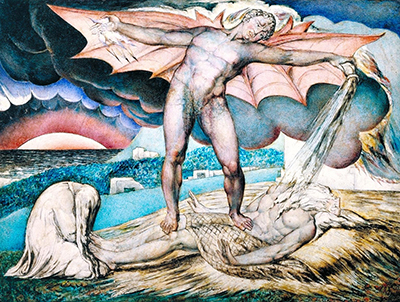
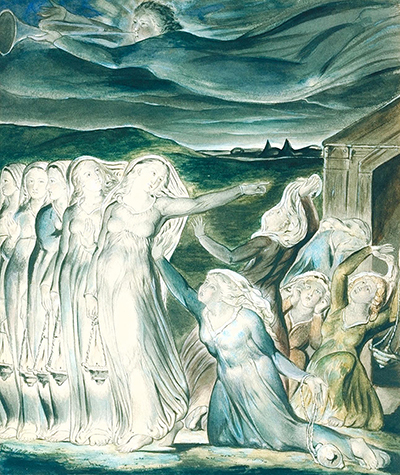

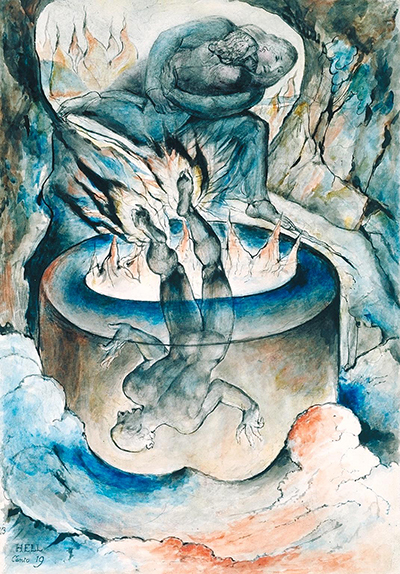

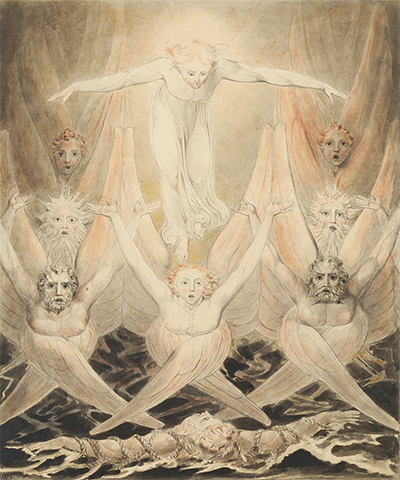

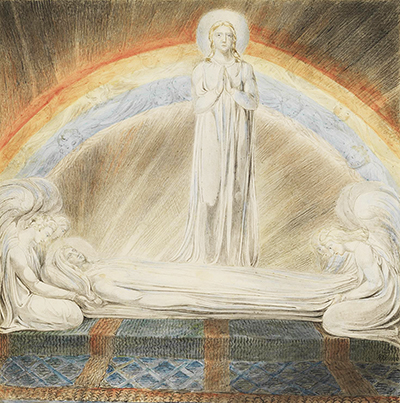
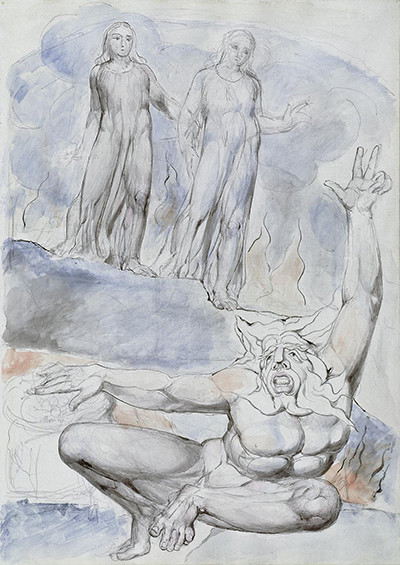
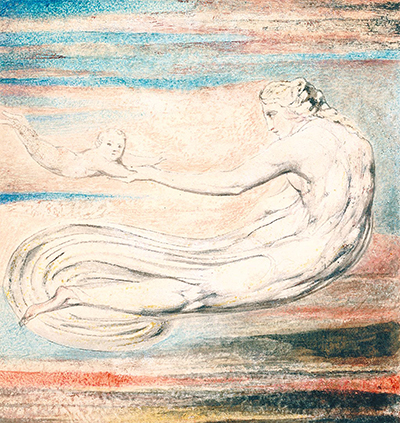


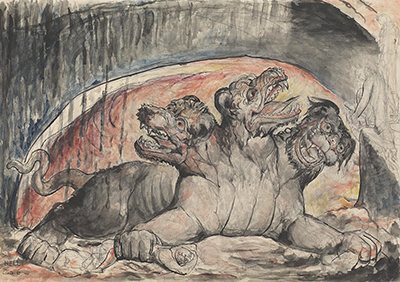


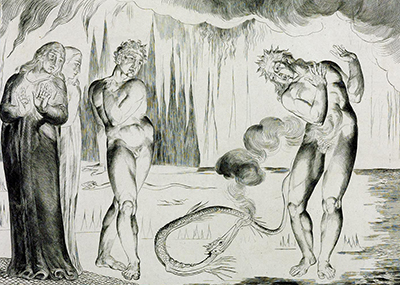
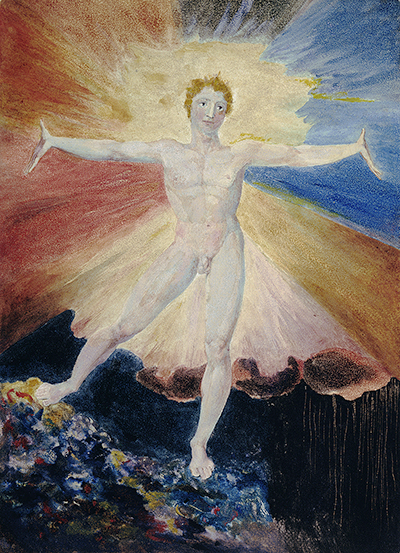

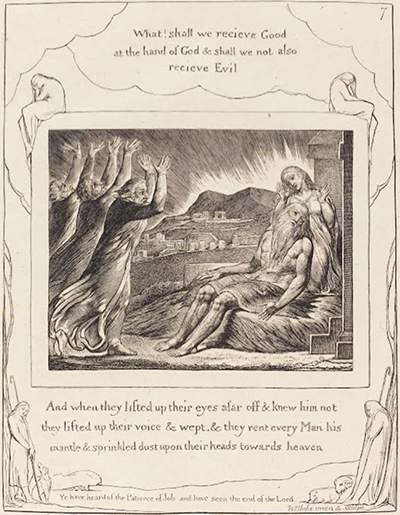
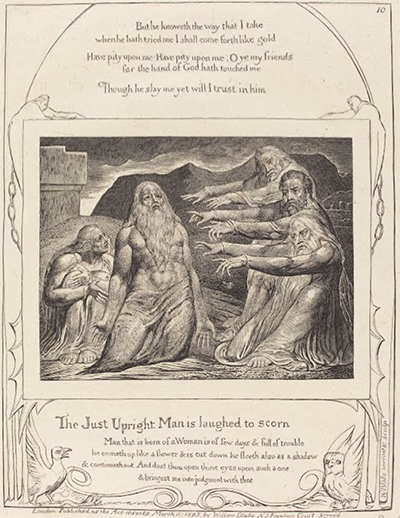
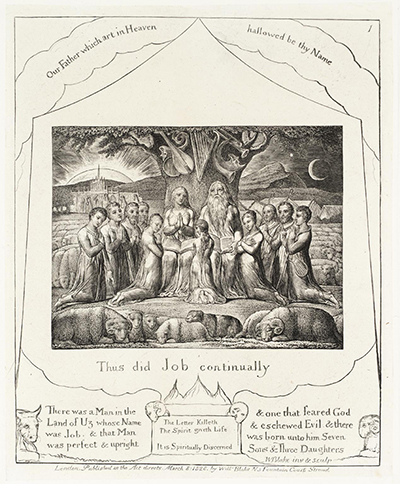

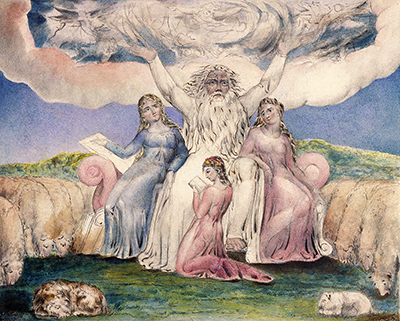

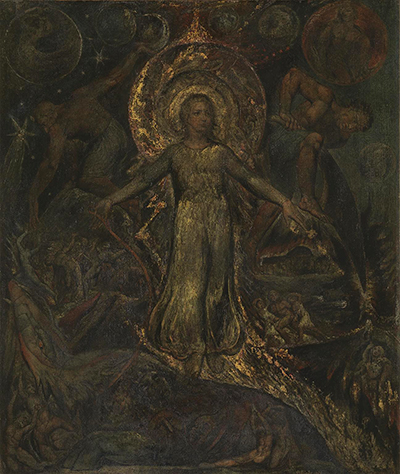

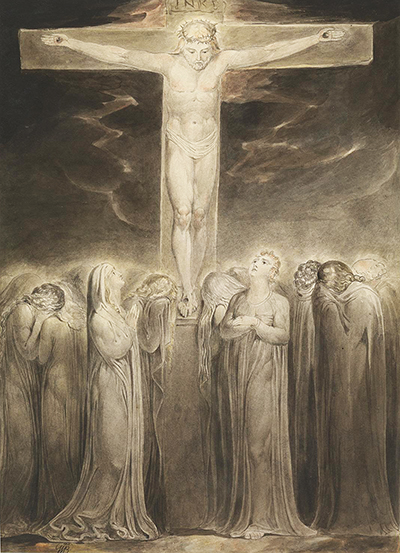
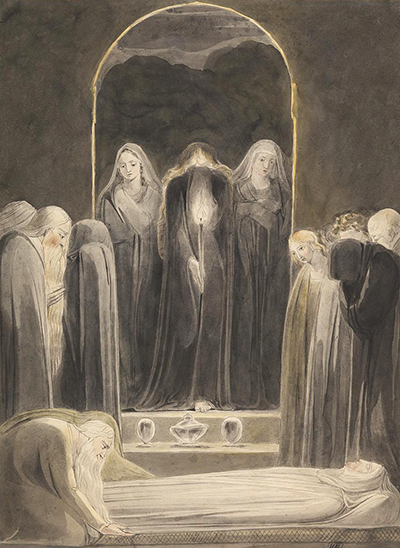


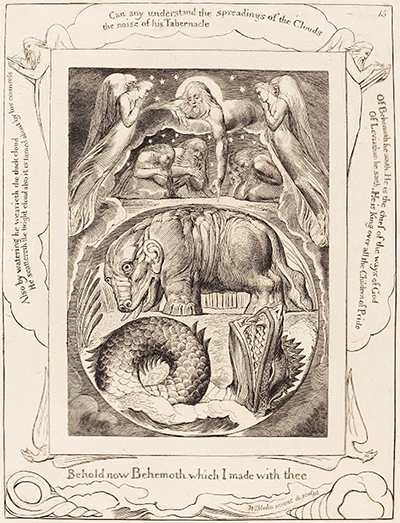
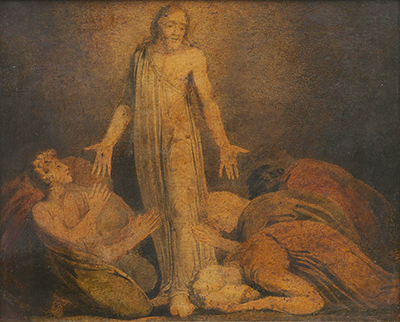
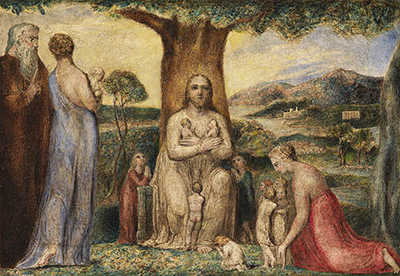
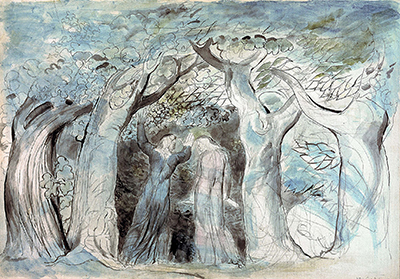
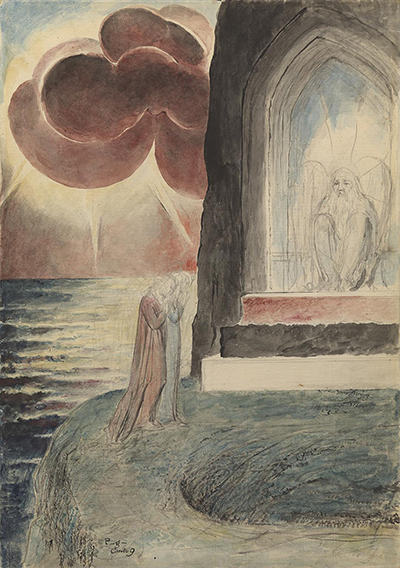


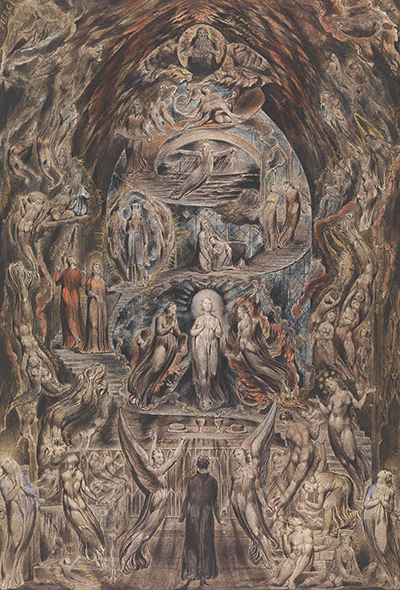
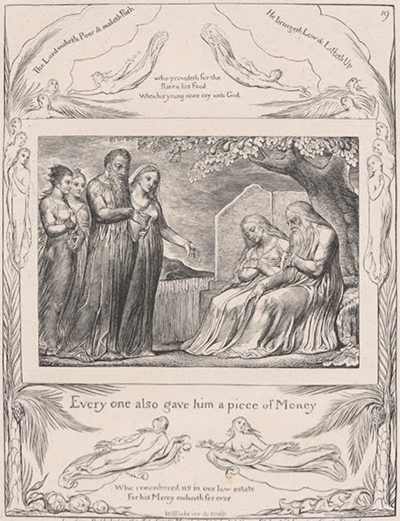
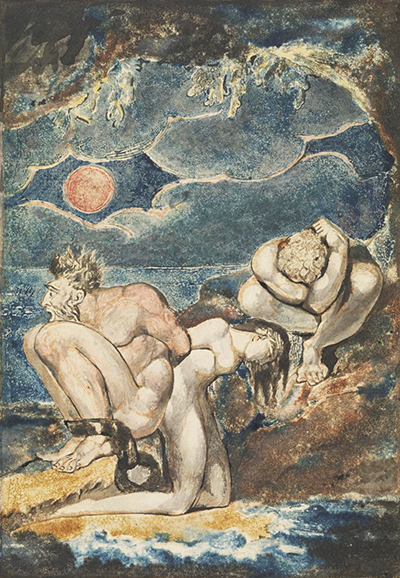
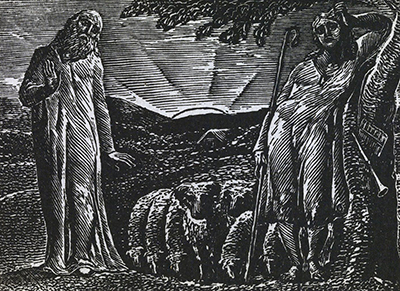

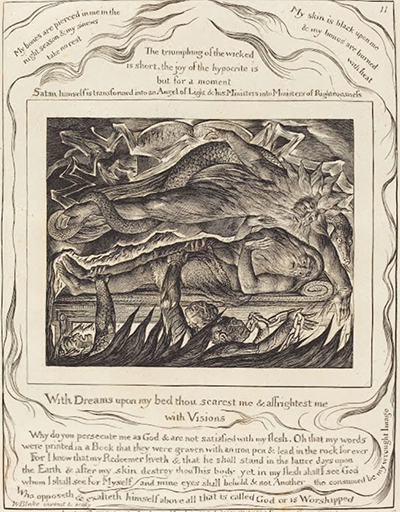
 William Blake.jpg)



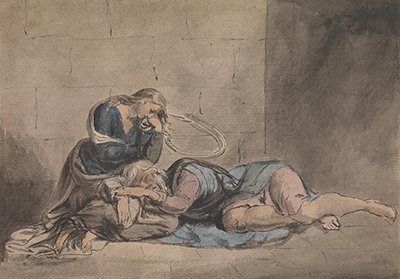

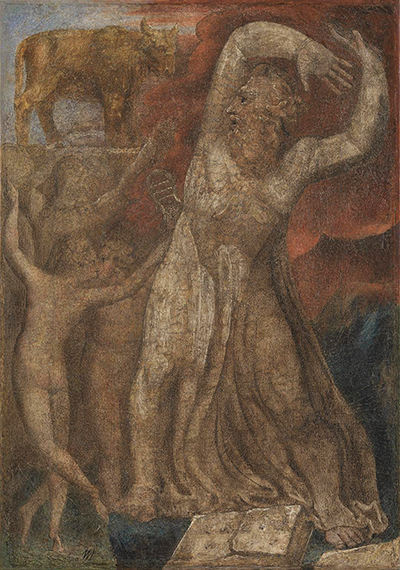
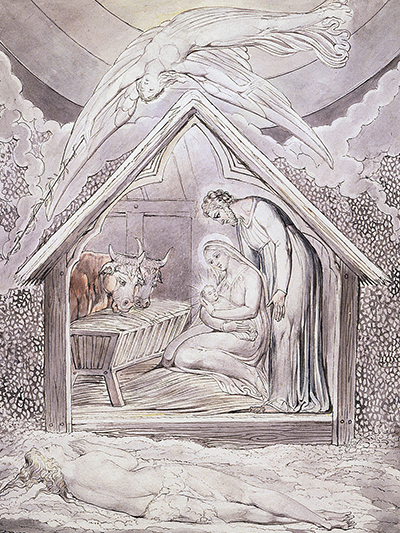
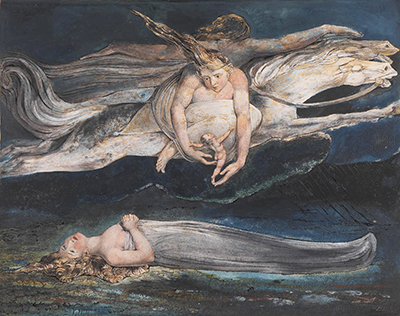


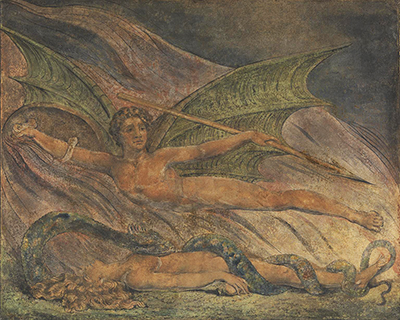
 William Blake.jpg)
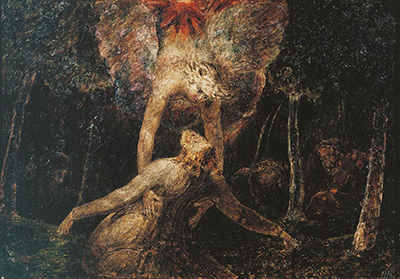

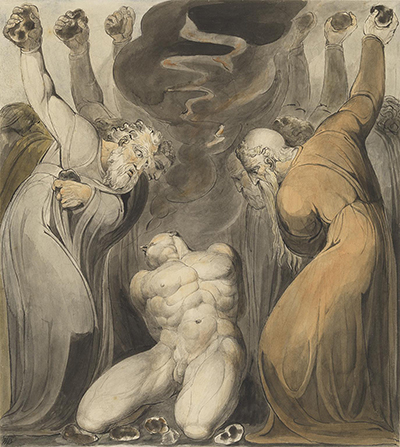
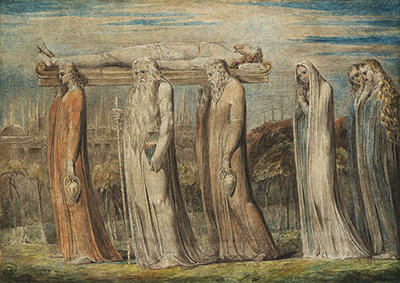

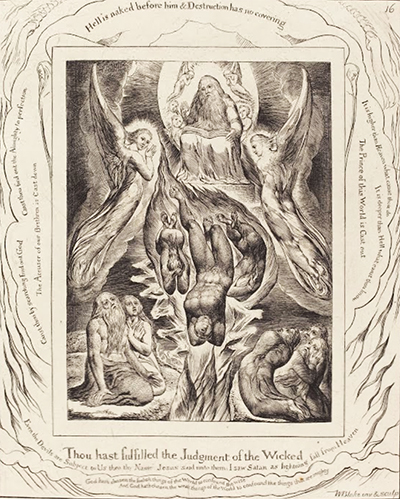


 William Blake.jpg)

